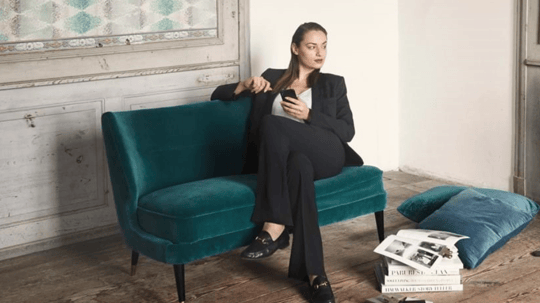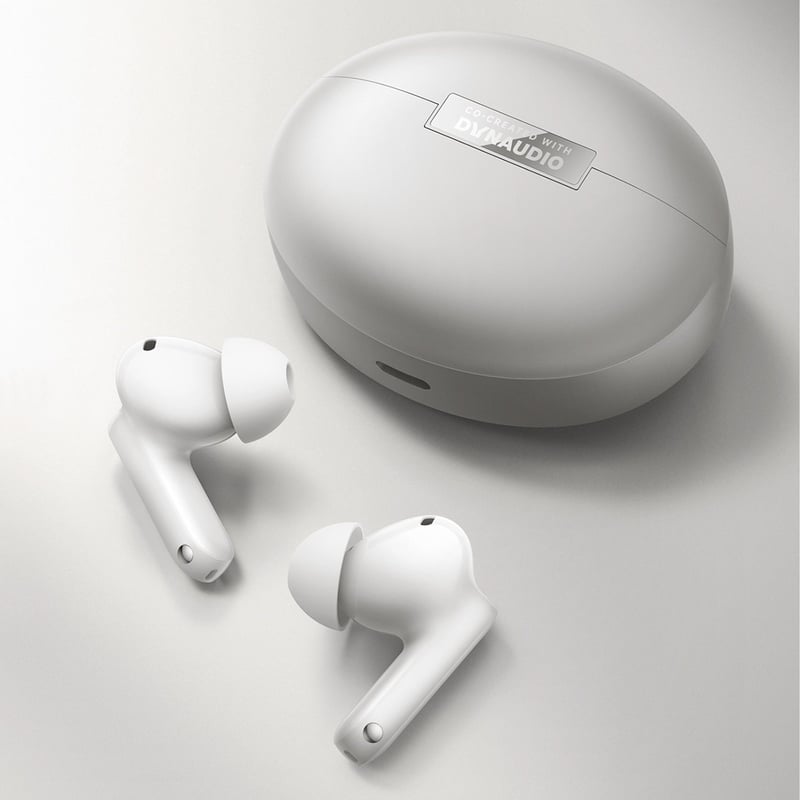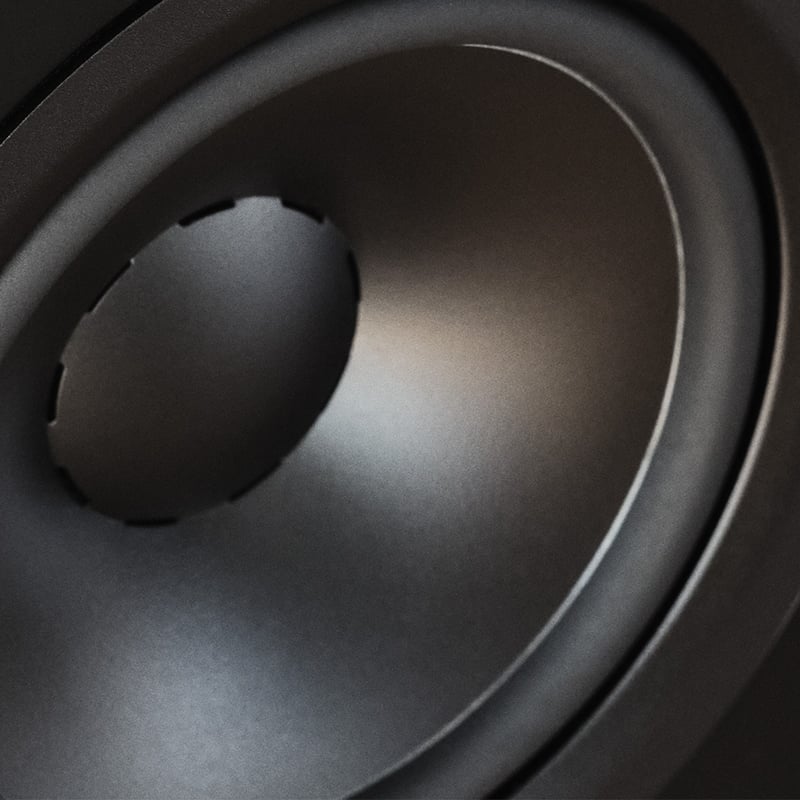This episode's question
Watch the entire video above or skip directly to the question you find interesting by clicking the links below:
Our first question is from Christine. She’s interested to know what really characterises Danish design and how it is expressed in Dynaudio speakers.
Next up is Alvaro who asks how long it takes to design a speaker.
Finally, Jacky asks: “So, erhm… Why are all loudspeakers square boxes?”
Subscribe now: Ask The Expert on YouTube
Thank you!
We want to thank all of you who posted questions on our Facebook posts. We didn't have a chance to answer all of your questions, but we'll keep them in reserve - just in case.
Subscribe now: Ask The Expert on YouTube
If you have any more questions, please share them with us - and the rest of our community - on our Facebook page, in the comment section on YouTube or send us an E-Mail with your question.
All the best,
Malte and Christopher
Like our coverage from the High End show? There's more...
In this Facebook Live session, Otto Jørgensen and Roland Hoffmann discuss some of the fundamentals of tweeters and compare the new Esotar Forty with our legendary Esotar 2.
Finally, we used the opportunity to go through our achieves and answer some of the best questions we hadn't had time to answer earlier with help from our Product Manager, Otto Jørgensen.
Transcript
Christopher:
Hello and welcome to Ask the Expert. My name is Christopher and I'm your host. Today we are, as you can see, at High End Munich. And with me I have Malte. Malte can you talk a little bit about yourself?
Malte:
Thanks for having me.
Christopher:
No problem.
Malte:
It’s really hot but let's try to stay cool. My name is Malte. I came to Dynaudio two years ago. I am the design director. That means all the industrial design around our products, the visual things like the colors, the veneers… and also the new shapes that we came up with, for example, with the Contour.
Christopher:
Perfect! Are you ready for a question?
Malte:
Yes!
Christopher:
Let's jump into that.
Malte:
Go ahead.
Christopher:
Malte, can you talk a little bit about what characterizes Danish design?
Malte:
Well, Danish design is really known for furniture design. And when we look into furniture design we all know Danish chairs. A Danish chair is known for good ergonomics and a solid construction. And that’s basically the philosophy I'm working with within the Dynaudio speaker world.
Christopher:
Ok. And when you're working from that philosophy how does it come… How is it expressed in the… our loud speakers?
Malte:
It is basically the honest construction, the honest materials that we are using in our products. But it's also -like the ergonomics in the chair- It's also about the acoustics in our products. So, for us the acoustic comes first and then we design the cabinet and the colors and everything around that. It’s basically when I talk about the Contour there is a really good example of all these traditional design tools that we use to achieve a speaker that is like really understated but also everlasting in its expression. I'm still surprised sometimes when I go around the Contour 30, for example. That is like oh, that's an angle I've never seen before…
Christopher:
Is there anything in particular you would highlight about it as being really Danish design – The Contour 30. The material or the shapes…
Malte:
The Contour 30 is a… I think, it is a really really well-balanced speaker, first of all. And the combination of the materials and also how these materials work together, reminds me a lot about the Danish design and the furniture industry.
Christopher:
So, if we sum it up, it's all about simplicity, honest design and user centric focus.
Malte:
Absolutely!
Christopher:
Perfect!
Christopher:
Malte, how long does it take to design a loudspeaker?
Malte:
It depends on the project because we have these three designs like the Contour 20 which takes time. Then we have small updates or we maybe change the color or like a different veneer. So, my work really starts when I have an acoustic concept - acoustic product prototype.
Christopher:
So that will be in a redesign or in a brand-new range of speakers or?..
Malte:
For a brand new speaker like the Contour, where we redesign everything and develop everything from scratch - just the pure design process will take six months.
Christopher:
Six months? And that starts, as you said, when you get an acoustic prototype?
Malte:
Yes
Christopher:
What do you do from there? What's your first step?
Malte:
My first step is basically sketching - by hand. And then maybe put some small mark-ups in the cardboard or wood or whatever…
Christopher:
So, it is really about being creative?
Malte:
Just do it together- contact to the dimensions and also like the depth and the height and everything… It's pretty important to get these things right from the start because - it's… Just to move the cabinet up by 5 cm can change the whole expression…
Christopher: And then, from there on, I guess it's working with the acousticians, the product management team to figure out what design you want, what direction you want to go, or?
Malte:
Yeah, basically I sketch up different concepts within the frame given. And then we talk like the different concepts through with the team. And then we pick a favorite and then go from there.
Christopher:
And is there any kind of acoustic parameters that you have to think about in this process or is it when you get the acoustic model? Is that okay to play around and do whatever you like or?
Malte:
The acoustic prototype is basically a finished speaker just in a really really rough state. So, at this point we already have tested different tweeter plates, like the waveguides and everything so all things I need to continue are given at that point.
Christopher:
And then it's a six-month process?
Malte:
Yes.
Christopher:
And the final thing you do is any kind of ritual or is it just..?
Malte:
I think, I have to invent a ritual I don't have… just go to bed and take a nap. Yeah, but a design process of 6 months is like building prototypes that you, for example, for Contour 20 that you end up with like up to 20 prototypes where you make small adjustments. We have to test and check, for example, the aluminium parts and all the stuff, so…
Christopher:
But also on a speaker like the Contour or 30 or 20 or 60 for that matter - with the curved edges that also affects the sound right?
Malte:
Yeah. Totally! We built basically the Contour cabinet is built for the drivers that we developed for this product. And my goal is always to design a speaker that is not dominating the room. Like Danish design tradition - be a little bit understated. So, the Contour is really slim right from the front. That's why we curve the drivers down into the rounding - the round shape of the edges and when you see the Contour from the side you can really see that all this volume is – yeah, in the depth basically.
Christopher:
And that is good for the dispersion of sound with the bended the rounded edges or something?
Malte:
Basically, you have to think about like - it's all about physics. It’s basically pretty simple. But when you have a tweeter here and the sound comes out it really slides off to the back of the speaker and when you have edge it really pump! So, I always think about this little man climbing out of the tweeter and crawl out of the waveguide and so really try to make it as smooth as possible.
Christopher:
So he doesn’t just fall off the edge…
Malte:
Yeah!
Christopher:
But in all processes like that take up to six months then then you're good to go?
Malte:
Yeah…
Christopher:
Malte, we have a question about the design of loud speakers and as she points out - most loud speakers - almost every loud speaker is square. Why is that?
Malte:
Well, there are a lot of square loudspeakers out there. But not all loud speakers are square. We have the same within in the Dynaudio family. We have square speakers like this one but we also have speakers that are way different than this box. But to come back to your question, it's basically because speakers are very simple construction. We have the driver, the tweeter, the needed volume, the best part – the terminal and that's it. So…
Christopher:
What is your - when it is it that you get involved with the speak? What's it that you do with it?
Malte:
Well, it depends a little bit on the project but we talk again about the Contour. It’s also this kind of design development to find new ways, materials, finish to improve the sound quality for the given project…
Christopher:
Okay. So, there's a lot of research that goes into what kind of shapes and designs that actually help to improve the sound?
Malte:
Yeah, it should. Because our philosophy is that design follows the acoustic concept. And it should support and also improve the quality of performance.
Christopher:
And I guess that's why you are here!?
Malte:
That’s why I am here, yeah! So, I'm a part of the R&D - development and I really enjoy the work there because we work so close together. I work really close together with the acoustic engineers. And I think that Contour really proves that this kind of philosophy and the way to work together is paying off.
Christopher:
Malte, that was our last question for you. Thank you so much for helping out here.
Malte:
Thank you for having me.
Christopher:
And thank all of you for your questions!
Sign up to get more great articles
Nothing compares to the satisfaction of knowing – for a fact – that something is as good as it gets





